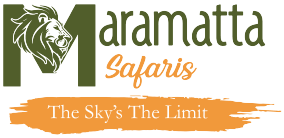Tanzania and Kenya Photographic Safaris
$260
DAY TRIP
1 PEOPLE
6+ YEARS
HIKING, COFFEE & WATERFALLS TOUR
OVERVIEW
Tanzania and Kenya Photographic Safaris offer an unparalleled opportunity to capture East Africa’s breathtaking landscapes, diverse wildlife, and cultural richness. Whether you’re an amateur photographer or a seasoned professional, these specialized safaris provide optimal angles, perfect lighting, and unique subjects, ensuring you capture the best shots of Africa’s most iconic destinations.
Embarking on a Tanzania Photographic Safari allows you to witness the Great Migration in Serengeti National Park, explore the wildlife-rich Ngorongoro Crater, and frame Mount Kilimanjaro’s snow-capped peaks in your shots. Meanwhile, a Kenya Photographic Safari offers the chance to capture predator-prey interactions in Maasai Mara, the stunning pink-hued flamingo waters of Lake Nakuru, and elephant herds roaming in Amboseli National Park with Mount Kilimanjaro as a dramatic backdrop.
Our expert photographic guides ensure that you are positioned for the perfect wildlife shots, offering insights into camera settings, composition techniques, and the best times for wildlife encounters. With tailored safari packages, you can choose between luxury lodges, tented camps, or adventurous mobile camping, customizing your experience to match your photography goals and budget.
Top Tourist Attractions for Photography
Serengeti National Park (Tanzania)
Home to the Great Migration, this legendary park offers unbeatable chances to photograph wildebeests, zebras, lions, cheetahs, and leopards against the backdrop of golden savannahs. The open plains provide unobstructed views, allowing for high-quality wildlife photography in Tanzania.
Maasai Mara National Reserve (Kenya)
An extension of the Serengeti, Maasai Mara is renowned for Big Five sightings, dramatic river crossings, and golden sunrise backdrops. It is a prime location for Kenya wildlife photography, offering countless opportunities to capture dramatic predator hunts and stunning landscapes.
Ngorongoro Crater (Tanzania)
This UNESCO World Heritage Site is a photographer’s dream, with one of the highest concentrations of wildlife in Africa. From the elusive black rhino to thousands of flamingos lining soda lakes, every corner presents a unique photo opportunity.
Amboseli National Park (Kenya)
This park is famous for its large elephant herds with Mount Kilimanjaro in the background, creating one of the most sought-after compositions in African wildlife photography. The park’s open plains allow for incredible close-up shots of elephants and other iconic species.
Lake Nakuru (Kenya)
A birdwatcher’s paradise, Lake Nakuru is home to thousands of pink flamingos, rare white and black rhinos, and scenic landscapes. The contrast between the lake’s vibrant flamingo flocks and the lush greenery makes for striking photographs.
Tarangire National Park (Tanzania)
Known for its massive baobab trees and large elephant herds, Tarangire offers a peaceful setting, away from the crowds. The soft golden light during sunrise and sunset enhances the Tanzania wildlife photography experience in this hidden gem.
Explore More: Tanzania Safari Tours | Kenya Safari Packages
Best Time for Photography Safaris in Tanzania and Kenya
Tanzania: June – October
The dry season is the best time for Tanzania safari photography, as animals gather around waterholes, making them easier to spot. The Great Migration peaks from July to September, providing thrilling moments for wildlife photographers.
Kenya: July – October
This period offers optimal lighting conditions for wildlife photography, with dramatic Mara River crossings during the Great Migration. It’s also a fantastic time for Maasai Mara photographic safaris.
March – May (Rainy Season)
For those seeking lush landscapes, dramatic skies, and newborn wildlife, the rainy season provides a unique opportunity to capture scenic photography and intimate animal interactions with fewer tourists.
Frequently Asked Questions (FAQs)
What camera gear should I bring for a photographic safari?
A DSLR or mirrorless camera with a 70-300mm zoom lens (or longer) is ideal for wildlife shots. Bring extra batteries, memory cards, and a tripod for stable long-exposure photography.
Do I need to be a professional photographer to join a photographic safari?
Not at all! Kenya and Tanzania photography tours cater to all skill levels, with expert guides offering photography tips and guidance to enhance your experience.
Is it safe to go on a wildlife safari?
Yes! Kenya and Tanzania safaris are led by professional guides who prioritize safety while ensuring an authentic safari adventure.
How big are the photography safari groups?
Most photographic safaris are small-group tours (4-8 people) to allow for personalized guidance and ample space for capturing the best shots.
Can I charge my camera during the safari?
Yes! Most lodges and camps offer charging stations. It’s also advisable to carry a portable power bank for backup.
What should I wear on safari?
Wear neutral-colored clothing (beige, brown, green) to blend into the environment. Pack layers for varying temperatures, as mornings and evenings can be cool.
Experience the Best of Tanzania and Kenya Photography Safaris
Embark on an unforgettable photographic safari in Tanzania and Kenya, where every moment is a frame-worthy masterpiece. From the thrilling Great Migration to the breathtaking landscapes of Ngorongoro Crater and Maasai Mara, this journey guarantees spectacular photo opportunities at every turn.
Book your Tanzania and Kenya photography safari today with Maramatta Safaris and capture the magic of Africa like never before!
For more details, visit Kenya Wildlife Services and Tanzania National Parks.
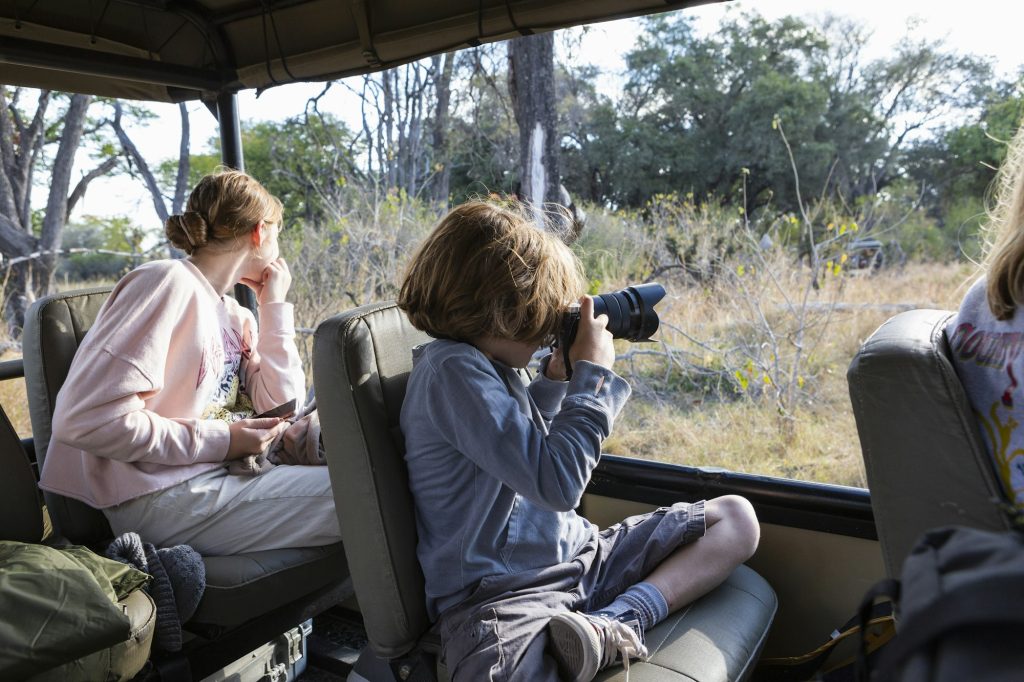
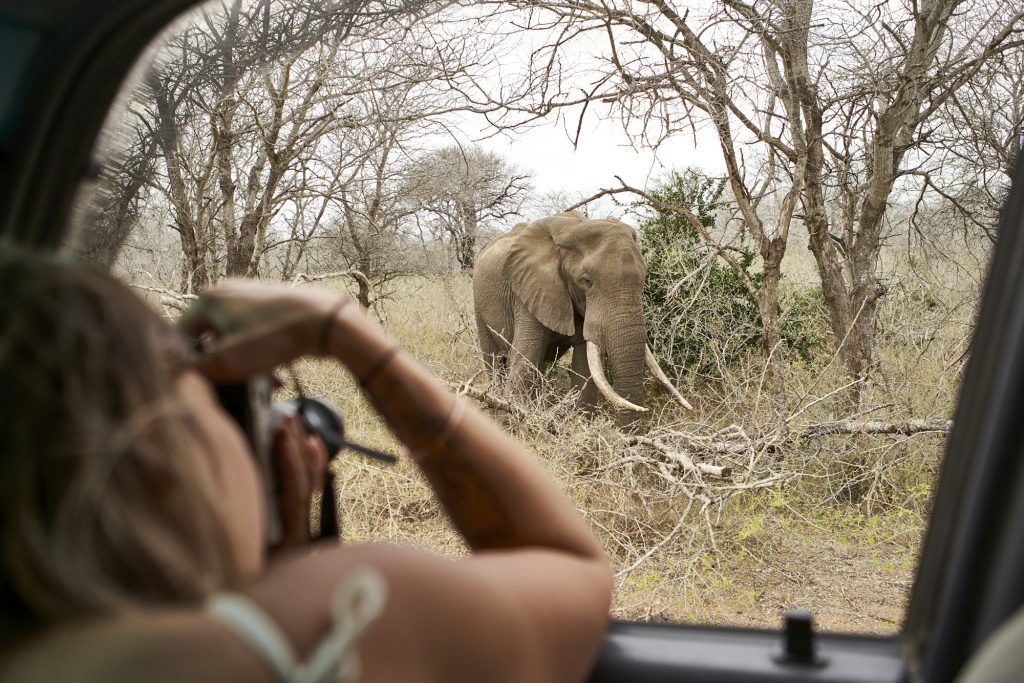

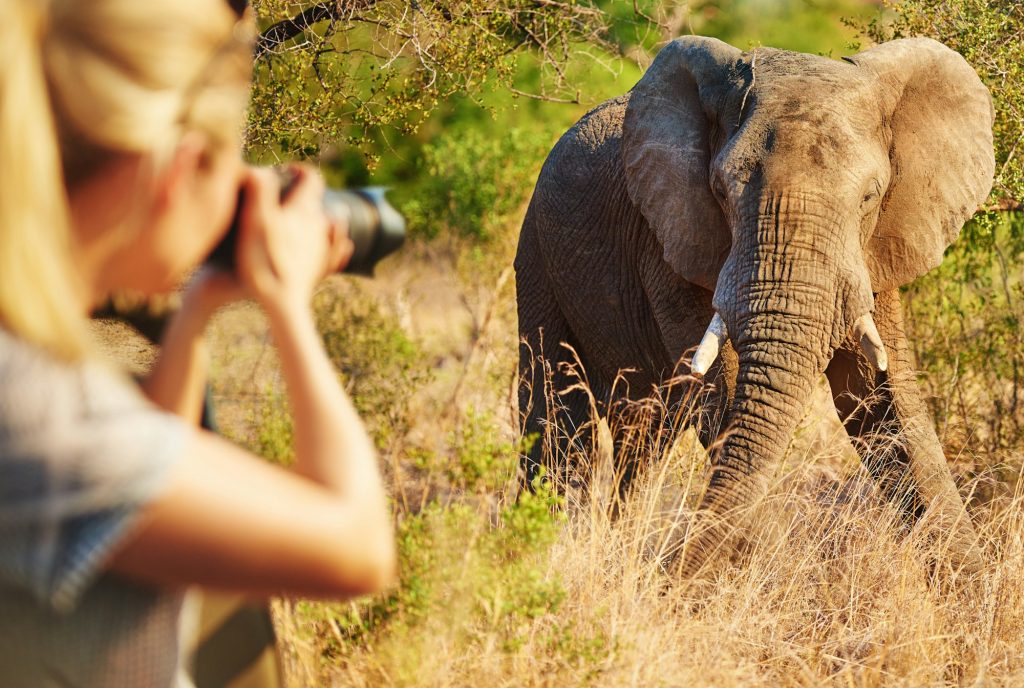
Request a Custom Safari
Why book with us
- Customer care available 24/7
- Hand-picked Populer Tours & Activities
- Tailor Made Your Own Itineraries
- The airport Pick-up and Transfer
- Best Accommodations
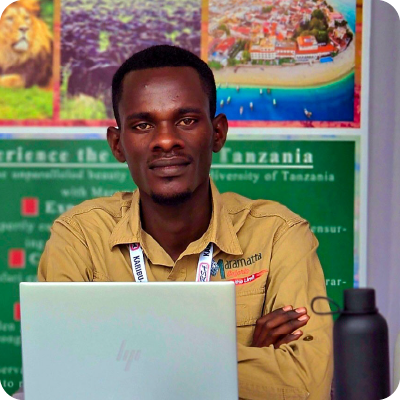
Ready to explore more?
Our travel experts are ready to start creating your tailor-made trip.
For More Exciting & Better Value Safari.
